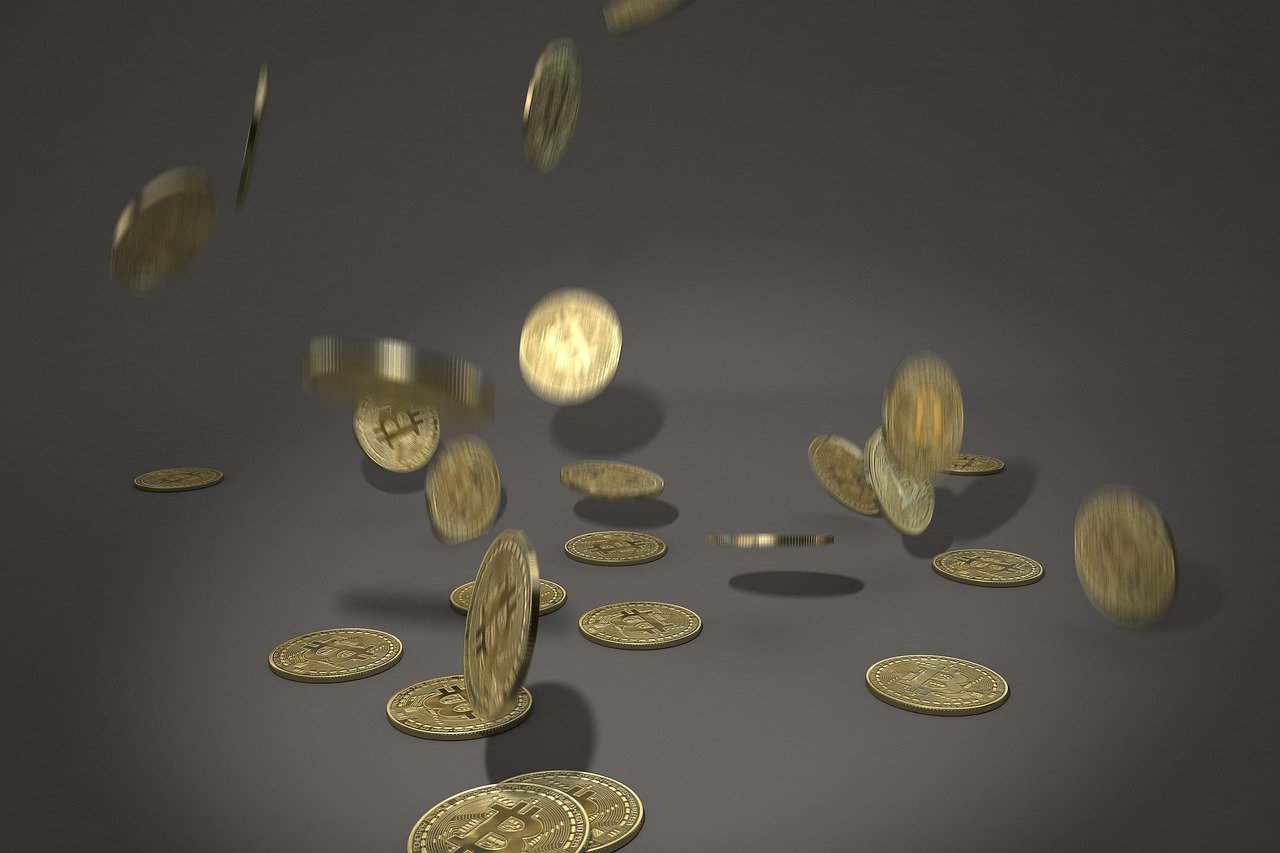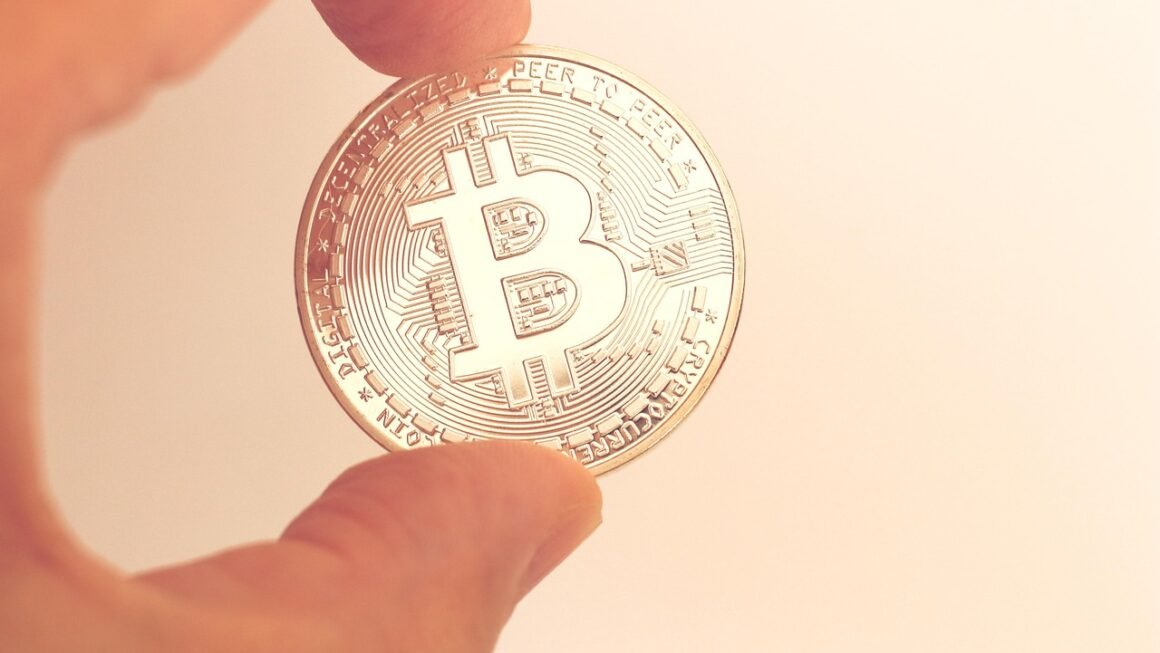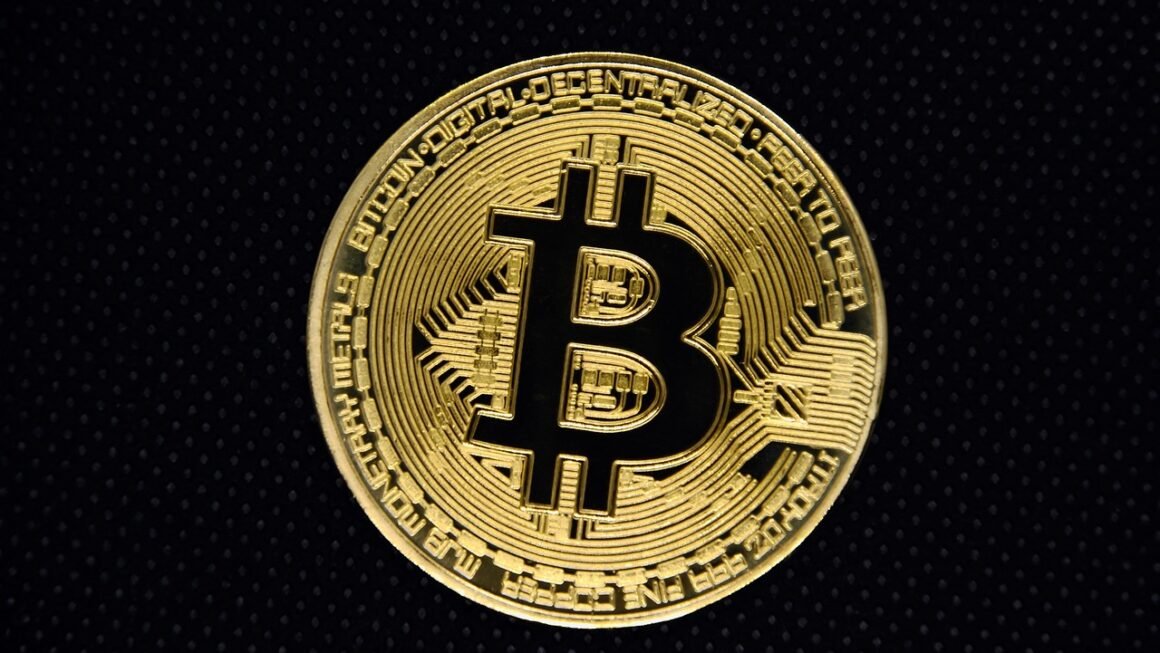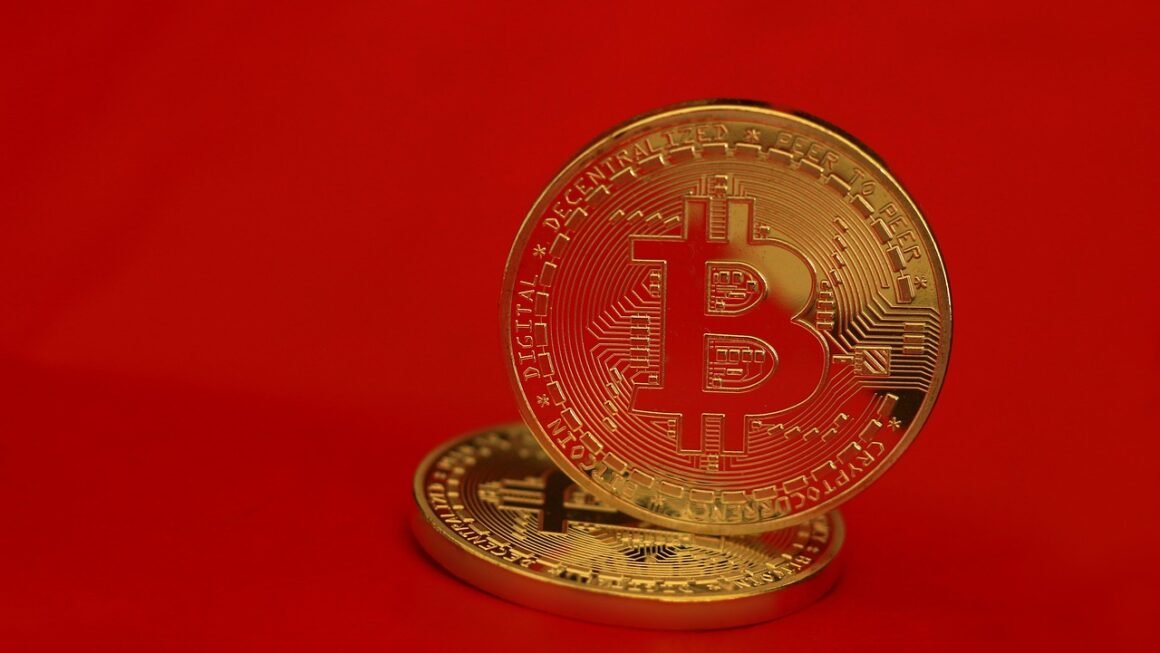Imagine a cryptocurrency with a limited supply. Now, imagine a fraction of that already scarce resource permanently disappearing. That’s the essence of a token burn – a powerful mechanism used by blockchain projects to influence tokenomics, potentially increasing value and stability. It’s more than just sending tokens to a void address; it’s a strategic maneuver designed to reshape the digital economy of a specific cryptocurrency.
What is a Token Burn?
Defining Token Burning
A token burn is the process of permanently removing cryptocurrency tokens from circulation. This is achieved by sending tokens to a “burn address,” a public address from which the private key is irretrievable. Once tokens are sent there, they are effectively gone forever, reducing the total supply of the cryptocurrency.
How Token Burning Works
The mechanics are quite simple:
- A specified number of tokens are sent to a designated burn address.
- The burn address is designed to be inaccessible, meaning no one can ever access or spend the tokens sent there.
- The transaction is recorded on the blockchain, providing public and verifiable proof of the burn.
- This transaction lowers the total number of tokens in circulation, and it can be tracked on blockchain explorers.
Why Projects Burn Tokens
Token burning is employed for various reasons, all ultimately aimed at improving the token’s value proposition. Here are some common motivations:
- Reducing Supply: The core reason. Decreased supply, theoretically, leads to increased demand and higher token value, provided the overall market interest remains constant or grows. This principle is based on basic economic principles of supply and demand.
- Proof-of-Burn Consensus Mechanism: Some blockchains use token burning as part of their consensus mechanism. Rather than relying on mining or staking, participants burn tokens to validate transactions. This mechanism is considered an alternative to Proof-of-Work or Proof-of-Stake.
- Rewarding Token Holders: Certain projects use token burns to reward loyal holders. For example, a portion of transaction fees may be used to purchase and burn tokens, indirectly benefiting those holding the remaining supply.
- Stabilizing Token Price: When a token experiences high volatility, burning can act as a stabilizing factor, reducing inflation and preventing significant price drops.
- Removing Excess Supply After an ICO: If a project doesn’t sell all tokens during its Initial Coin Offering (ICO), burning the unsold portion can increase investor confidence.
- Governance: Sometimes, token burns are implemented through governance votes, allowing token holders to actively participate in managing the token’s economics.
The Benefits of Token Burning
Positive Impacts on Token Value
Token burning aims to increase the value of the remaining tokens. By reducing the supply, each token represents a larger percentage of the total network value, potentially driving up its price.
- Scarcity: Burning creates artificial scarcity, making each remaining token more valuable.
- Price Appreciation: If demand remains constant or increases, a reduced supply can lead to price appreciation.
- Investor Confidence: Token burns can signal that the project is committed to its long-term success and is actively managing its tokenomics.
Enhancing Tokenomics
Burning contributes to the overall health and sustainability of a cryptocurrency’s tokenomics, impacting inflation and distribution.
- Deflationary Pressure: Token burns introduce deflationary pressure, contrasting with inflationary models where the token supply increases over time.
- Fairer Distribution: Burning tokens held by the development team or unused tokens can lead to a fairer distribution among the community.
- Long-Term Sustainability: Managed token burning can help maintain the long-term viability of a cryptocurrency by controlling inflation and ensuring value appreciation.
Increased Transparency and Trust
Burning transactions are permanently recorded on the blockchain, enhancing the project’s transparency.
- Verifiable Action: Every burn is recorded on the blockchain, making it publicly verifiable.
- Commitment Signal: It demonstrates the project’s commitment to its token holders and the value of the token.
- Reduces Manipulation: Token burns limit the power of the developers to manipulate the token’s supply, building trust within the community.
Examples of Token Burning in Practice
Binance Coin (BNB)
Binance, one of the largest cryptocurrency exchanges, regularly burns BNB tokens. They commit to burning BNB tokens quarterly, based on Binance’s trading volume and the overall supply of BNB. This has demonstrably impacted BNB’s price and contributed to its standing in the market. They initially pledged to burn 100 million BNB tokens (approximately half of the total supply).
Shiba Inu (SHIB)
The Shiba Inu project has implemented several burn mechanisms, including automatic burns with each transaction and special burn events initiated by the community. These burns are meant to reduce the vast supply of SHIB and increase its value, though the long-term effectiveness of these measures is debated.
Terra Classic (LUNC)
Following the collapse of the original Terra (LUNA) ecosystem, the Terra Classic community initiated a significant burn campaign for LUNC tokens. These efforts, though extensive, have had a limited impact on significantly raising LUNC’s value due to other underlying market factors. They employ a 1.2% tax burn on on-chain transactions.
Practical Example: Project “Phoenix”
Imagine a new blockchain project, “Phoenix,” launching with 1 billion tokens. After the ICO, 200 million tokens remain unsold. To boost investor confidence and improve tokenomics, the Phoenix team burns these 200 million tokens. This reduces the total supply to 800 million, making each remaining token more valuable proportionally. Further, they commit to using 20% of transaction fees to buy back and burn Phoenix tokens each quarter, further reducing the supply over time.
Potential Drawbacks and Considerations
Not a Guaranteed Price Increase
While token burns can positively impact price, they are not a guarantee of success. Market conditions, overall demand, and project fundamentals play crucial roles.
- Market Sentiment: Negative market sentiment can negate the positive effects of a token burn.
- Project Performance: If the underlying project is failing, a token burn might not be sufficient to revive its value.
- Alternative Investments: If better investment options exist, a reduced supply will not automatically lead to increased demand for a particular token.
Impact on Staking and Rewards
Burning tokens can affect staking rewards and other incentive mechanisms within a blockchain network.
- Reduced Rewards: A lower token supply could lead to reduced staking rewards, potentially disincentivizing staking participation.
- Changes to Inflation Rate: Burns can alter the planned inflation rate, requiring adjustments to staking protocols.
- Community Perception: Changes to staking rewards need to be communicated clearly to the community to avoid negative perceptions.
The Importance of Transparency and Communication
The project needs to be transparent about the reasons for and the process of the token burn.
- Clear Communication: Projects should clearly communicate their reasons for burning tokens and how it benefits token holders.
- Verifiable Transactions: Burn transactions should be easily verifiable on the blockchain.
- Community Feedback: Engage with the community to gather feedback and address any concerns regarding token burns.
Conclusion
Token burning is a potent tool for managing cryptocurrency tokenomics, offering benefits such as increased scarcity, potential price appreciation, and enhanced investor confidence. However, it’s crucial to remember that burning isn’t a magic bullet; success depends on a combination of factors including project fundamentals, market conditions, and community sentiment. Transparent communication and strategic planning are essential for effectively implementing token burns and achieving the desired outcomes. Projects contemplating token burning should carefully analyze their goals, weigh the potential benefits against the drawbacks, and ensure they maintain open communication with their community to maximize the positive impact.



